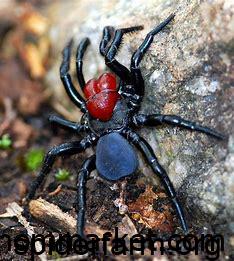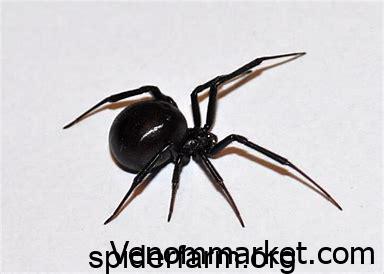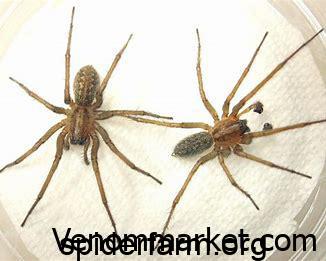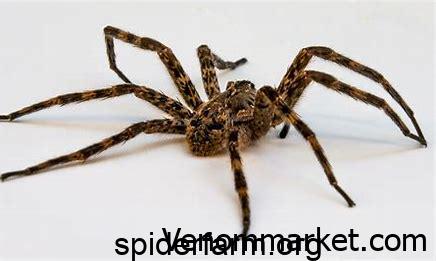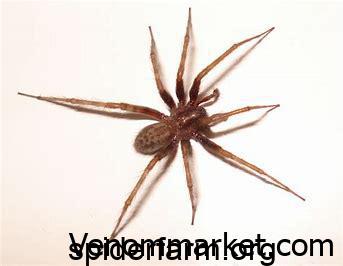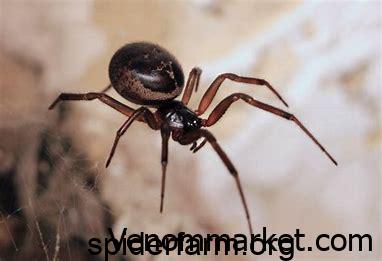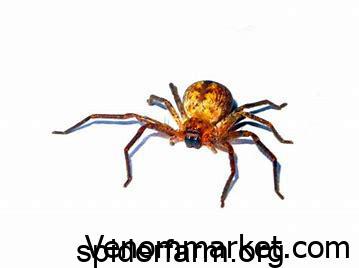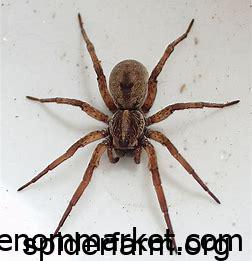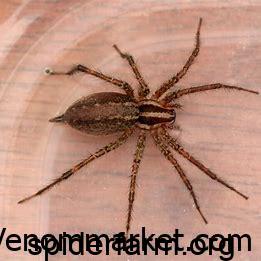Better living from scorpion venom

Toxins in venom could be used to battle pests, fight cancer, even numb pain
When a scorpion attacks, its victim rarely has time to fight back. First, the clawed creature grabs and pins down its target — maybe a cricket, grasshopper or spider. Using a stinger in its rear end, the scorpion jabs the victim’s flesh. Then, the true suffering begins.
After an initial shock of severe pain, the prey might start to feel burning and tingling sensations. Shaking and trembling ensue, followed by paralysis. If the victim doesn’t die from the venom, the scorpion will probably just eat it alive.
Even people can die from the sting some scorpions deliver. But despite the fear that scorpions inspire among many people, scientists refuse to run away or even fight back. Instead, they are drawing inspiration from scorpions and other stinging animals. In the safety of their laboratories, researchers are squeezing venom out of poisonous creatures. They are dissecting the venom, decoding its secrets, and making chemical versions of their own.
This is what venom researchers know: Understanding an attacker is the best way to steal its powers. With a growing list of discoveries, scientists are developing scorpion-inspired pesticides, cancer treatments, painkillers and more.
“Look at the world from the viewpoint of a scorpion,” says Raymond John St. Leger, an entomologist (insect expert) at the University of Maryland in College Park. “It wants toxins which can kill insects so it can eat those insects. Then it wants toxins for defense. In the case of something big and nasty like a child that comes to stomp on it, it wants to be able to defend itself. There are a lot of different chemicals there.”
Tapping into those chemicals, experts say, has enormous potential.
“This is one of the major resources that is naturally available to us,” St. Leger says. “It looks like [venom has] a very bright future, much of which we can’t predict.”
A world of venom
Many animals ― spiders, snakes, bees, stingrays, centipedes, anemones, ants and snails, to name some ― make venom. Compared with the venom from other animals, scorpion venom is one of the simplest types to study. It looks like a thick milky soup, and is made of a variety of molecules, including hundreds of small proteins called peptides.
Many of those peptides are toxic. That means that they have the power to harm the cells of unfortunate victims. They might cause paralysis, for example. Or they might kill cells. Venom toxins have to get inside cells to cause damage. There, they work in different ways to destroy cells or change the messages cells send to other cells.
To extract venom from a scorpion, scientists often use a long tool to hold the animal at a distance. A mild electric shock then causes the animal to squirt a little venom, which the scientists collect in a little test tube.
Venom expert Bora Inceoglu once studied a type of scorpion that was so aggressive, all Inceoglu had to do was grab the scorpion and the animal would squeeze out some venom. For protection, Inceoglu, who works at the University of California, Davis, wears only a pair of goggles. He doesn’t worry too much, because venom is harmless if it gets on your skin. He has never been stung.
“Initially, I was nervous, but then I got used to it,” he says. “My wife was with me one time, and she got so scared she had to leave the room.”
A typical squirt holds between 5 microliters and 50 microliters of liquid. One microliter is a millionth of a liter, and 50 microliters is the size of a really tiny droplet. A whole lot of toxic peptides can fit into even just a tiny amount of venom.
Once researchers have extracted venom, the real (and less scary) work begins. Using basic scientific techniques, scientists can pull peptides apart within the droplets collected. Then researchers look at the peptides and test them on animals. The goal is to understand what the peptides look like, how they differ from each other and what they do.
The research involves plenty of challenges. There are 1,300 scorpion species, and as many as 300 peptides in the venom of each one. Most of the peptides scientists know about so far are from one species.
Inceoglu estimates that there are probably more than 100,000 different peptides in the world’s scorpions. So far, scientists have identified about 500 of them. That’s just half a percent of the total that exist.
“That number is increasing,” Inceoglu says. “But we’re nowhere near the whole number.”




